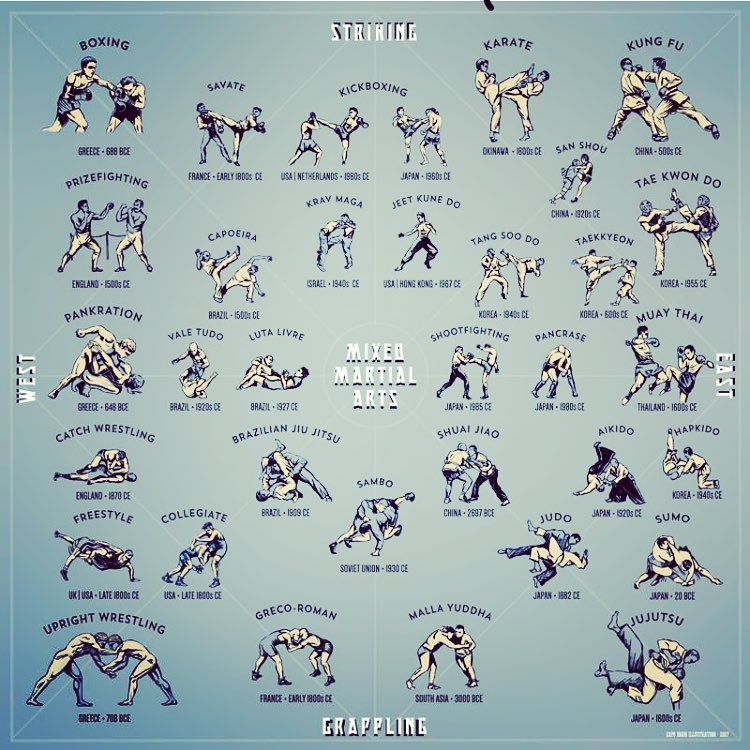Conventional Martial Arts Vs. Modern Battle Sports: Comprehending The Trick Distinctions
Conventional Martial Arts Vs. Modern Battle Sports: Comprehending The Trick Distinctions
Blog Article
Authored By-Kok Sexton
When you think about martial arts, do you lean a lot more toward the standard methods or the modern-day battle sporting activities? Each path provides one-of-a-kind advantages and experiences, shaped by their ideologies and training techniques. Conventional martial arts emphasize personal development and technique, while modern battle sporting activities focus on competition and performance. Recognizing these differences can direct you in selecting the ideal technique for your trip. However just how do these differences show up in training and ideology?
The Viewpoint and History Behind Conventional Martial arts
While many people associate martial arts with physical combat, the approach and background behind conventional martial arts run much deeper. https://www.nationthailand.com/lifestyle/40013133 'll find that these disciplines highlight personal growth, self-control, and respect.
Stemming from old techniques, standard martial arts were frequently created for Self-Defense and spiritual development. They symbolize concepts such as equilibrium, consistency, and self-discipline, leading professionals beyond simple combating skills.
As you train, you'll not only learn strategies however also acquire understandings into the society and values that shaped these arts. The rituals and traditions, often passed down via generations, foster a feeling of area and belonging.
The Affordable Nature of Modern Combat Sports
Modern battle sporting activities have changed the landscape of martial arts into a highly competitive field, where athletes face off in a test of ability, technique, and endurance.
You'll see that competitions are commonly organized with strict rules and regulations, ensuring fair play and security. These events draw in big target markets, fueling the excitement and strength of matches.
Professional athletes educate carefully, not just for physical expertise yet additionally for mental sturdiness, knowing that every detail counts in the ring. The adrenaline rush during competitions is apparent, as boxers push their limits to declare success.
Followers appreciate the athleticism and creativity involved, making modern-day fight sports a thrilling spectacle that remains to progress and captivate lovers worldwide.
Training Techniques and Techniques: A Relative Evaluation
The affordable atmosphere of contemporary battle sports needs ingenious training approaches that differ considerably from standard martial arts.
In modern training, you'll focus on certain strategies, competing, and conditioning, commonly utilizing drills that replicate real battle scenarios. You'll see an emphasis on quantifiable performance and frequent competition to evaluate your skills.
On visit my homepage , traditional martial arts focus on kinds, katas, and philosophical mentors, typically highlighting technique and regard over competitors.
Training is typically less intense and may include repeated practice instead of real-time sparring.
While both methods build skill and fitness, contemporary combat sporting activities offer a much more vibrant and adaptable training environment, preparing you for immediate obstacles in the ring or cage.
Select the path that lines up with your goals and rate of interests.
Final thought
In selecting in between traditional martial arts and contemporary battle sports, it truly boils down to what you value the majority of. If you're searching for individual development, technique, and a feeling of area, standard arts might be your finest fit. But if you grow on competitors and real-time obstacles, modern fight sporting activities could be the way to go. Inevitably, both courses provide unique advantages, so it's all about aligning your training with your personal objectives and interests.
